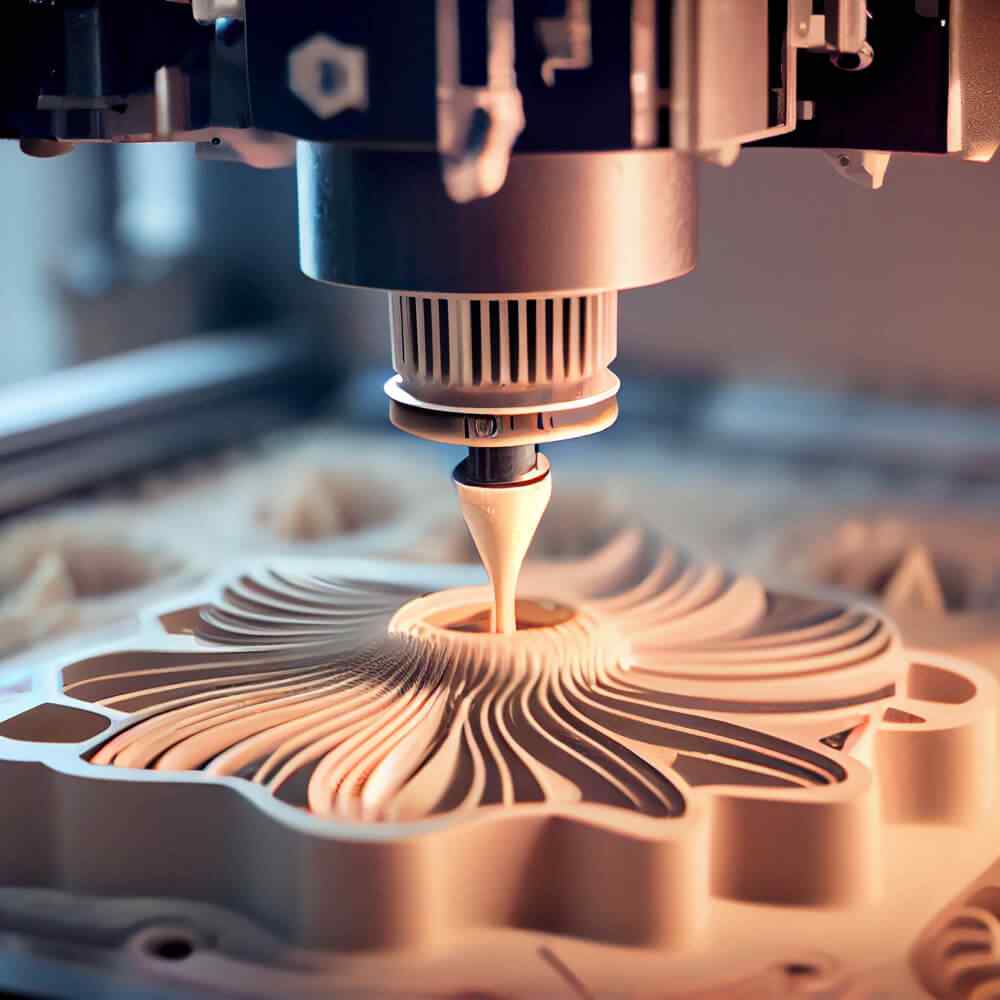Virtual Reality: Transforming the Car Showroom Experience

In recent years, virtual reality (VR) has transcended the boundaries of gaming and entertainment, making significant inroads into various industries, including automotive sales. VR technology offers an innovative platform for car dealerships to enhance customer experience, streamline the buying process, and extend their market reach. This comprehensive article delves into how VR is transforming the car showroom experience, providing an immersive, interactive, and highly personalized way for consumers to shop for vehicles.

Introduction to Virtual Reality in Automotive Sales
Virtual reality involves the use of computer technology to create a simulated environment that users can interact with in a seemingly real way through the use of special electronic equipment, such as a helmet with a screen inside or gloves fitted with sensors. In the context of automotive sales, VR allows customers to experience a vehicle in a comprehensive and detailed manner without physically visiting a dealership.

The Impact of VR on Car ShoppingEnhanced Customer Experience
VR showrooms provide a unique, engaging, and memorable shopping experience that traditional showrooms cannot offer. Customers can interact with the vehicle in a 3D space, understanding the product at a deeper level and making more informed purchasing decisions.
Real-World Applications of VR in Automotive SalesVirtual Dealerships
Some car manufacturers and dealerships offer virtual dealership tours where customers can walk through a showroom, sit inside various car models, and learn about features and specifications through interactive displays.
Customization and Configuration Tools
VR allows customers to build and visualize custom cars, choosing colors, finishes, and accessories in real-time. This helps in ensuring that the customer’s specifications are met precisely, enhancing satisfaction and reducing the likelihood of returns or dissatisfaction.
The Future of VR in Automotive SalesAdvancements in VR Technology
As VR technology continues to evolve, the experiences will become more realistic and immersive, reducing the gap between virtual and physical test drives and showrooms.








